Our newest cohort of EDGE Fellows are based in Asia and are working to protect many unique species that are found in the region. Asia, being one of the fastest growing regions of the world, is changing rapidly. This pace of change means many Asian EDGE species are facing significant threats from the likes of habitat destruction, fisheries by-catch, entanglement with fishing gear and hunting.
Habitat Change
Almost all of the EDGE species being studied and protected by our newest cohort are affected by habitat change in some way, whether that be through habitat destruction, modification or disturbance. Habitat change affects all the major taxon groups including mammals, reptiles, birds and amphibians.
The Bengal slow loris is one of the least studied Asian primates and is listed as Vulnerable on the IUCN Red List. The species is found across different countries including Bangladesh, Cambodia, China and north-eastern India. It is a tree dwelling nocturnal species that relies heavily on the existence of evergreen and semi-evergreen rainforests and as a result, it is being negatively impacted by habitat destruction by farming and illegal logging activities.
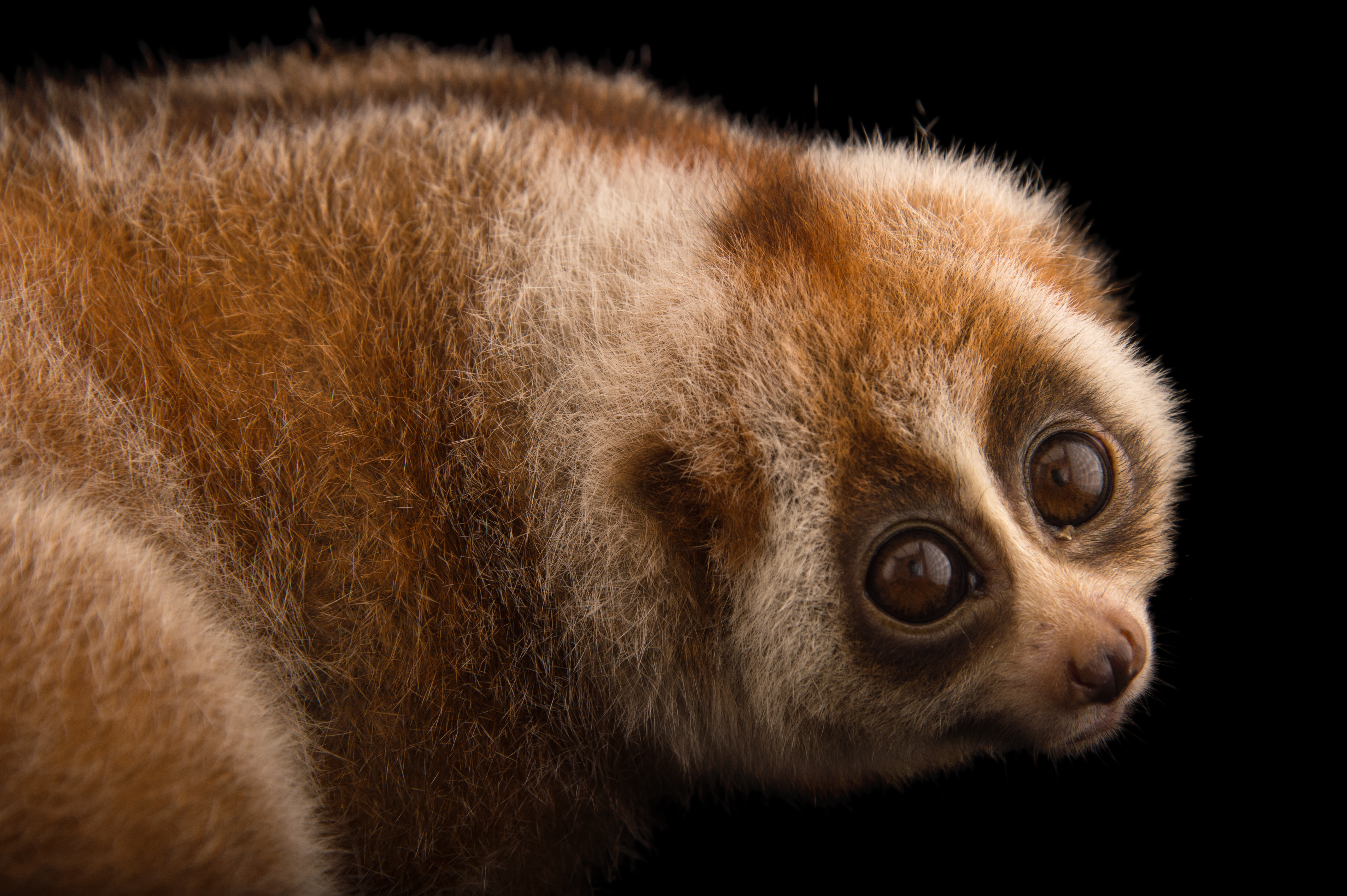
Habitat change not only affects terrestrial species; it affects aquatic ones too. The green turtle is found throughout tropical and subtropical waters of the Atlantic, Indian and Pacific Ocean and are known to nest in at least 80 countries. One of the major threats to this species is degradation of turtle nesting habitats due to loss of suitable beach nesting areas. This occurs due to the construction of buildings close to beaches. Coastal developments can also lead to the construction of marinas which increases boat traffic and marine pollution. These factors combine to reduce the health of the surrounding marine environment which may then affect the survival of green turtles that rely on it.
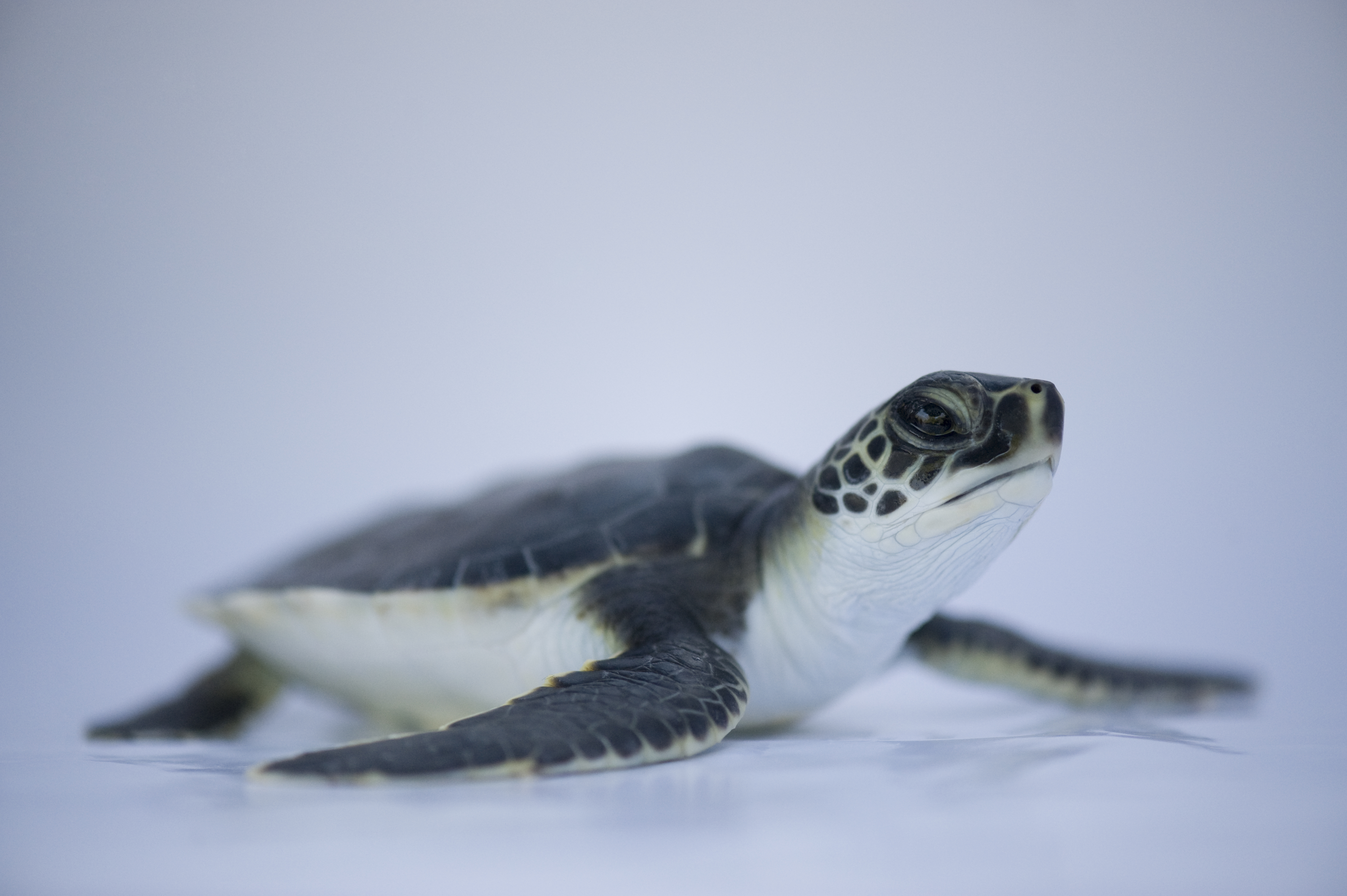
The Gharial, found only in fragmented populations in India and Nepal, is an example of an EDGE reptile that is severely impacted by habitat change. Rivers that act as a vital part of their habitat across their range are being dammed, altering and often decreasing their waterflow. Due to their unique body shape, gharials are unable to walk on land as well as other crocodilians, meaning that they cannot readily disperse and find other suitable waterway habitats. In addition, increased agricultural and grazing pressure is also negatively impacting the nesting and basking habitat of the gharial. As a result of these and many other threats this unmistakable EDGE crocodile is on the brink of extinction – listed as Critically Endangered by the IUCN.
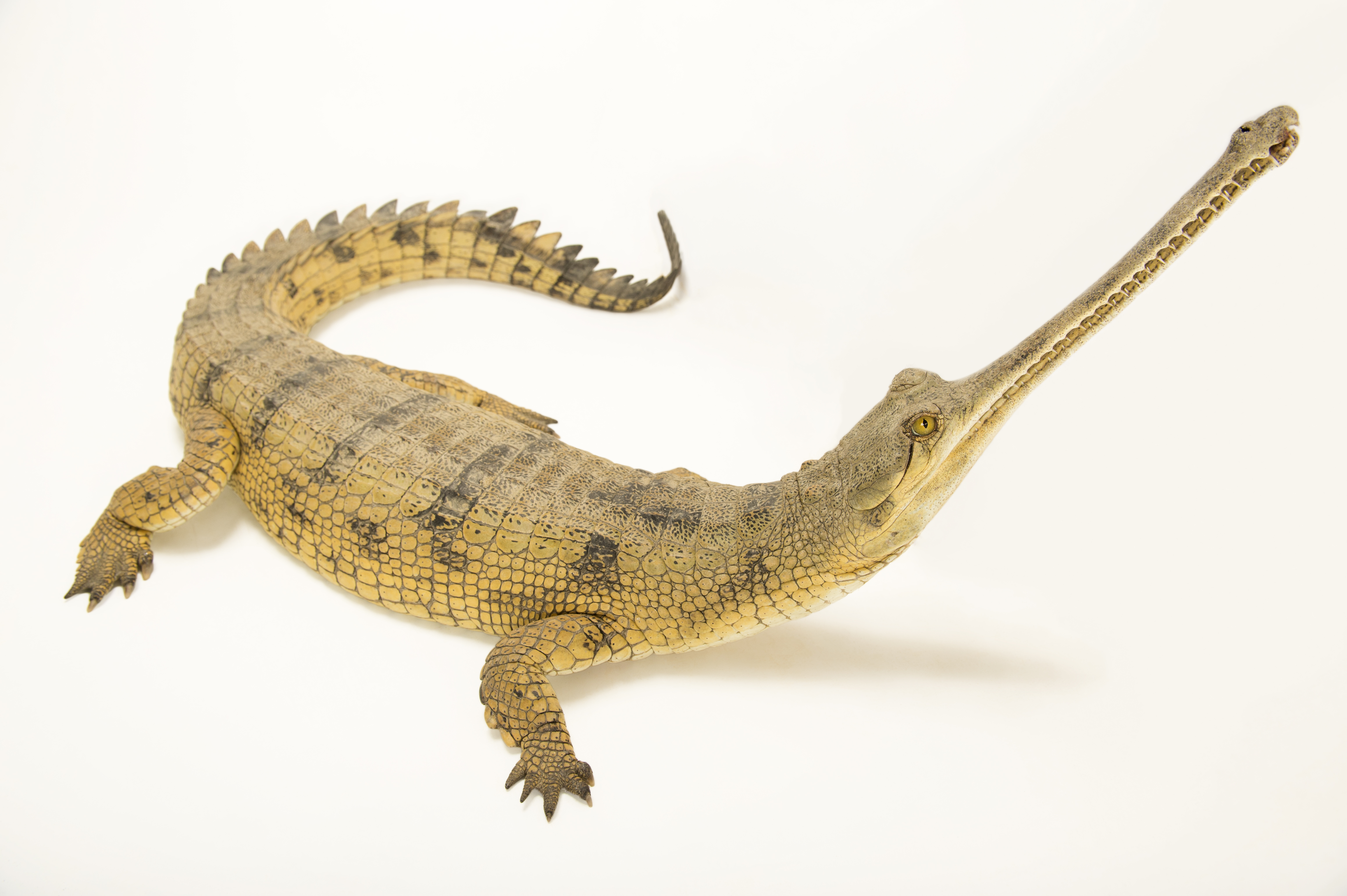
Fisheries By-catch & Entanglement with Fishing Gear
Fisheries by-catch refers to when a species is unintentionally caught by fisheries in the process of fishing for a different target species. The pelagic thresher shark, ranked 50th on the EDGE Shark and Ray list, is known for its extraordinarily long caudal fin which it uses a whip to stun its prey. This unique feature unfortunately leaves the shark vulnerable to being caught as bycatch by longline tuna fisheries. The species is also specifically targeted for its fins which, although not particularly valuable, are abundant in the Hong Kong fin market.
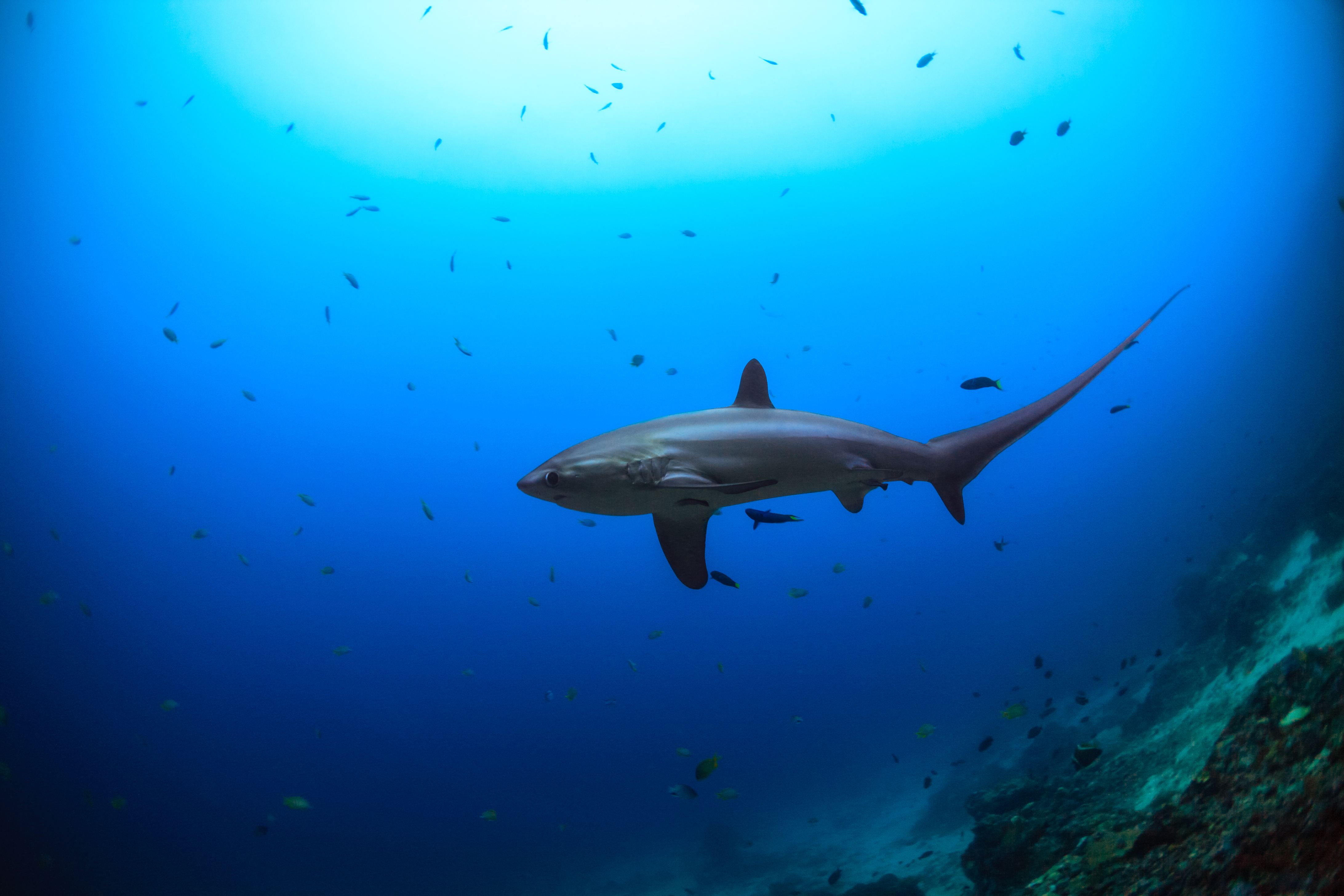
The gharial is another EDGE species that is affected by fisheries. Fishing action affects the species in two ways; it reduces prey for the crocodiles due to overfishing and leads to accidental capture in gill nets of adult and subadult gharials. Gharials are also persecuted by local fishermen who are protecting their fish farms from competition.
Hunting
Animals are hunted for various reasons including traditional medicines, food and the pet trade. The largetooth sawfish is ranked top of our EDGE Shark and Ray List, with the highest-ranking score of any EDGE species. Once common across its range, the species is now limited to four populations within the tropics. As with many shark and ray species, they have been exploited for their fins but mostly for their unique toothed rostra (a beak-like projection). The rostral teeth, meat, some organs, and the skin are sought after as curios, ceremonial weapons, and for traditional medicine in China, Mexico, and Brazil. Their usage is historic – ancient Mayas were buried with sawfish teeth and cowboy boots were once made with sawfish skin.
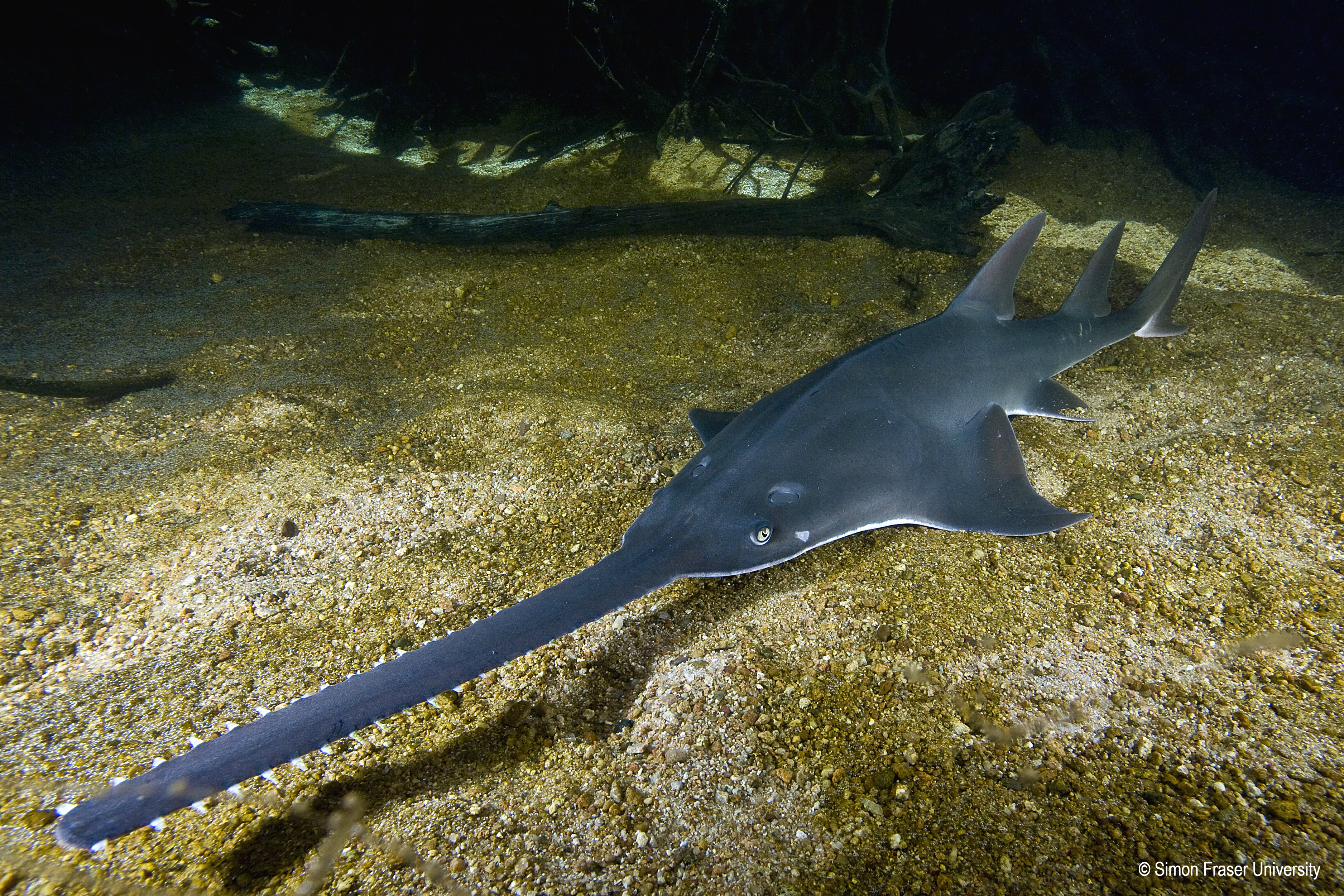
The Chinese crocodile lizard is a highly valuable endangered EDGE reptile, found in southern China and northern Vietnam, which is hunted for the international pet trade. The lizard fetches prices the equivalent of two month’s salary for hunters. As a result of its high value, alongside other pressures, hunting has led to a major decline by more than 80% in the past 40 years. It is though that no more than 1,000 individuals of the Chinese crocodile lizard remain in the wild today.
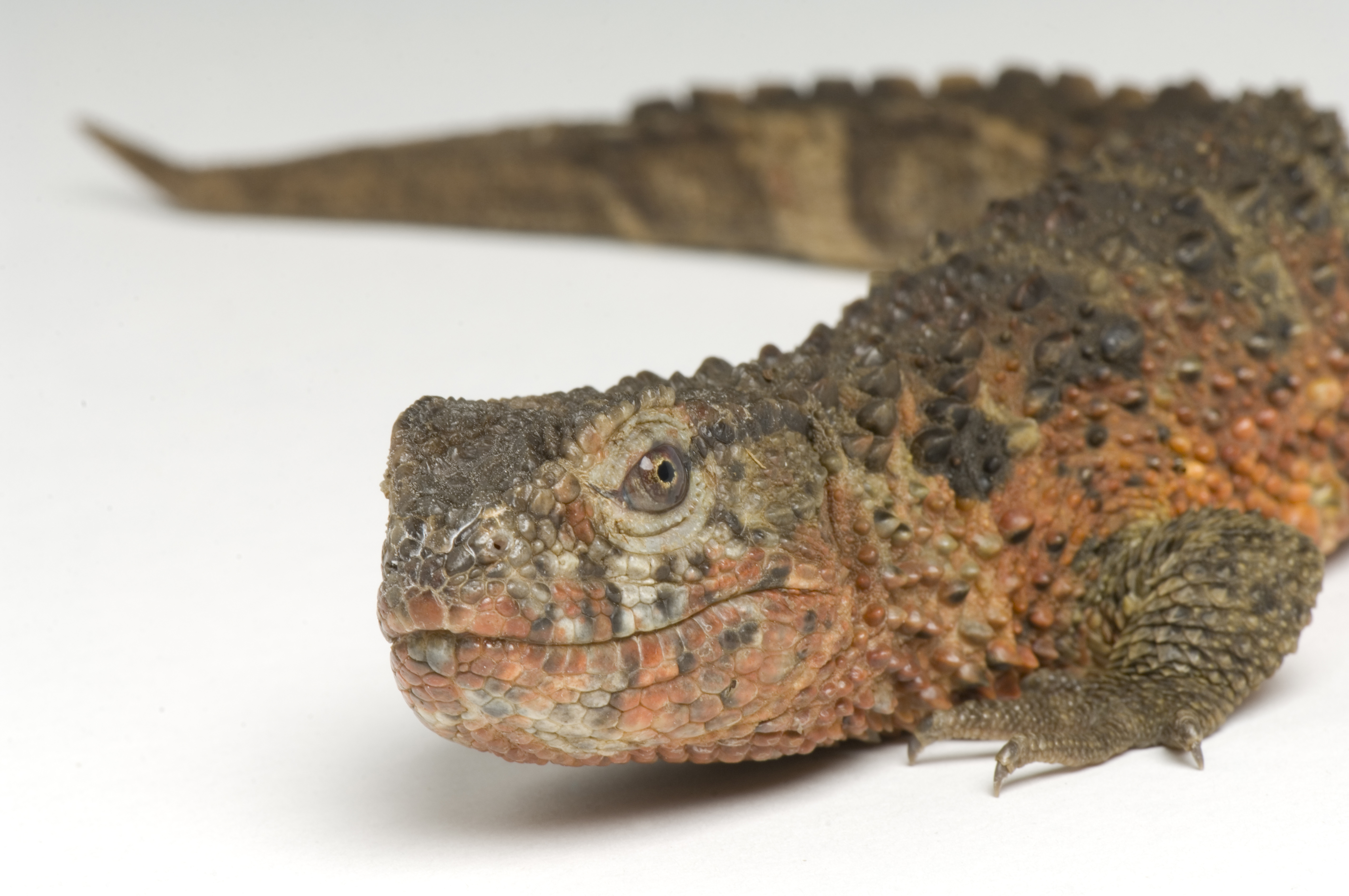
The Rufous-headed Hornbill, a colourful and distinctive bird, is one of the most endangered Hornbills. They have a unique method for protecting their young – both parents use saliva and mud to construct a wall across the entrance of a tree cavity, sealing the female and eggs inside. A small hole is then left at the top through which the male can pass food to feed the female and developing chicks. Hunting and nest poaching for human consumption or the local bird trade have contributed to this species’ listing as Critically Endangered by the IUCN. Originally found on the three islands of Negros, Panay and Guimaras, the Rufous-headed Hornbill is now locally extinct on Guimaras. However, a successful nest-guarding programme introduced by local organisation PhilinCon has decreased poaching by 95% in the Central Panay Mountain Range. This, combined with other conservation measures, has caused an increasing population trend for the species.
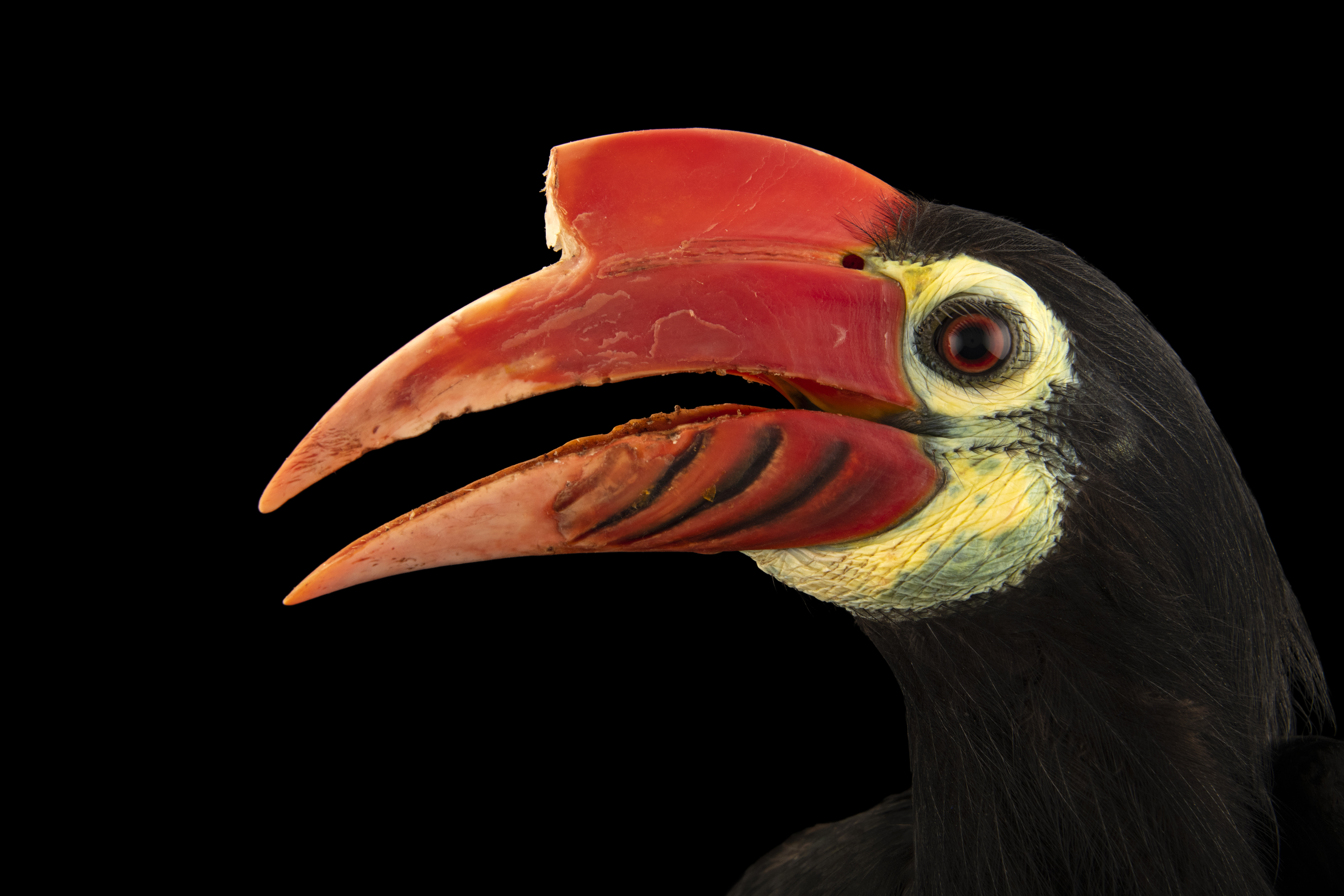
These Asian EDGE species face vast, high impact and very real threats to their survival. Our EDGE Fellows will seek to understand more about and actively protect these species over the course of their two-year Fellowships –working to ensure these unique and weirdly wonderful species survive long into the future.